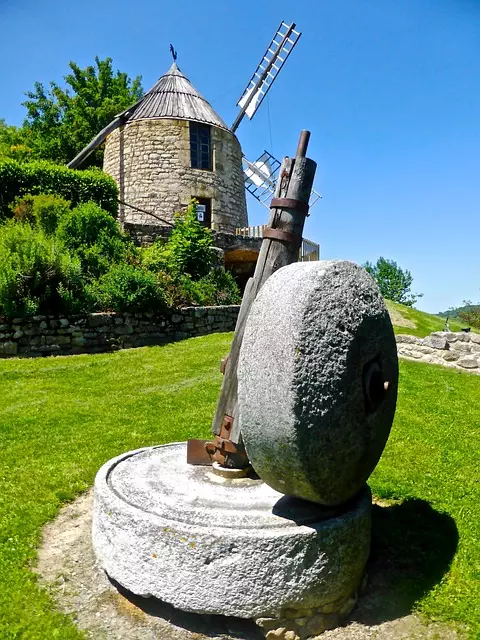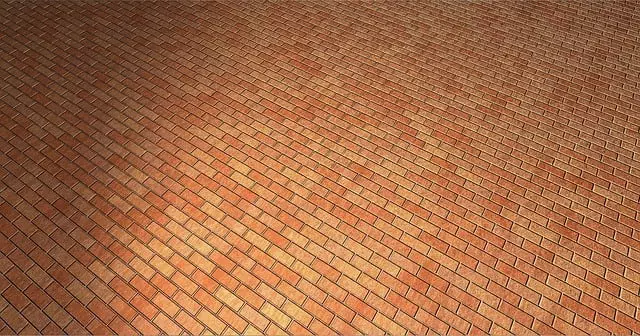Pavement milling and grinding have become integral components in modern road maintenance and infrastructure development. These processes not only facilitate efficient recycling of existing pavements but also contribute significantly to sustainable construction practices. This article delves into the transformative impact of these methods, with a particular focus on their application in Toledo, Ohio. We explore the efficiencies gained through advancements in pavement milling and grinding techniques that align with today’s environmental and economic objectives. Through a case study of Toledo’s experiences, we shed light on the practical applications and tangible benefits these methods offer for maintaining and enhancing our road networks sustainably. Join us as we traverse the landscape of innovative pavement recycling practices.
- Efficiency in Road Maintenance: The Role of Pavement Milling and Grinding in Toledo, Ohio
- Advancements in Pavement Milling and Grinding Techniques for Sustainable Infrastructure
Efficiency in Road Maintenance: The Role of Pavement Milling and Grinding in Toledo, Ohio

In Toledo, Ohio, the efficiency in road maintenance is significantly enhanced by the application of pavement milling and grinding techniques. These processes are critical components of infrastructure upkeep, as they enable the city to effectively manage its roadways. Pavement milling involves the precise removal of a specified layer of the road’s surface, which can range from just the top asphalt layer down to the base or sub-base layers. This targeted excavation allows for the replacement or repair of underlying damaged areas without the need for complete road removal, thus minimizing disruption and accelerating project completion. Similarly, pavement grinding, which follows milling, grinds the exposed surfaces to create a consistent, level base for new asphalt. This step is crucial for ensuring that the repaired or newly-laid pavement will be smooth and durable. The city’s commitment to utilizing pavement milling and grinding processes in Toledo, Ohio, not only facilitates faster and more efficient road maintenance but also contributes to cost savings and material recycling. These methods are integral to the sustainability of Toledo’s road infrastructure, as they incorporate a significant amount of reclaimed asphalt pavement (RAP) into new constructions. This practice not only conserves natural resources but also reduces the environmental impact associated with traditional road maintenance activities. As a result, Toledo’s use of advanced milling and grinding techniques positions it as a proactive leader in the realm of sustainable infrastructure management.

Pavement milling and grinding are critical processes in the maintenance and construction of infrastructure, particularly on roadways. These operations involve the removal of the surface course of asphalt pavements to recycle the material back into new pavement sections. The equipment used for pavement milling and grinding, such as milling machines, is designed to precisely control the depth of the cut, ensuring that only the worn-out layer is removed while preserving the underlying layers. This selective removal process not only extends the life of the road but also reduces the need for landfill space and conserves natural resources.
In Toledo, Ohio, these practices are not just theoretical applications; they are a cornerstone of the city’s sustainable infrastructure initiatives. Local crews have honed their skills in pavement milling and grinding, transforming the city into a showcase for effective asphalt recycling. The city’s commitment to this process reflects a broader trend in urban planning that emphasizes eco-friendly and cost-effective solutions for road maintenance. Toledo’s dedication to integrating pavement milling and grinding into its street maintenance plans demonstrates the practical benefits of these methods, showcasing how they can be applied to enhance the durability and performance of city roads while adhering to environmental best practices.
Advancements in Pavement Milling and Grinding Techniques for Sustainable Infrastructure



